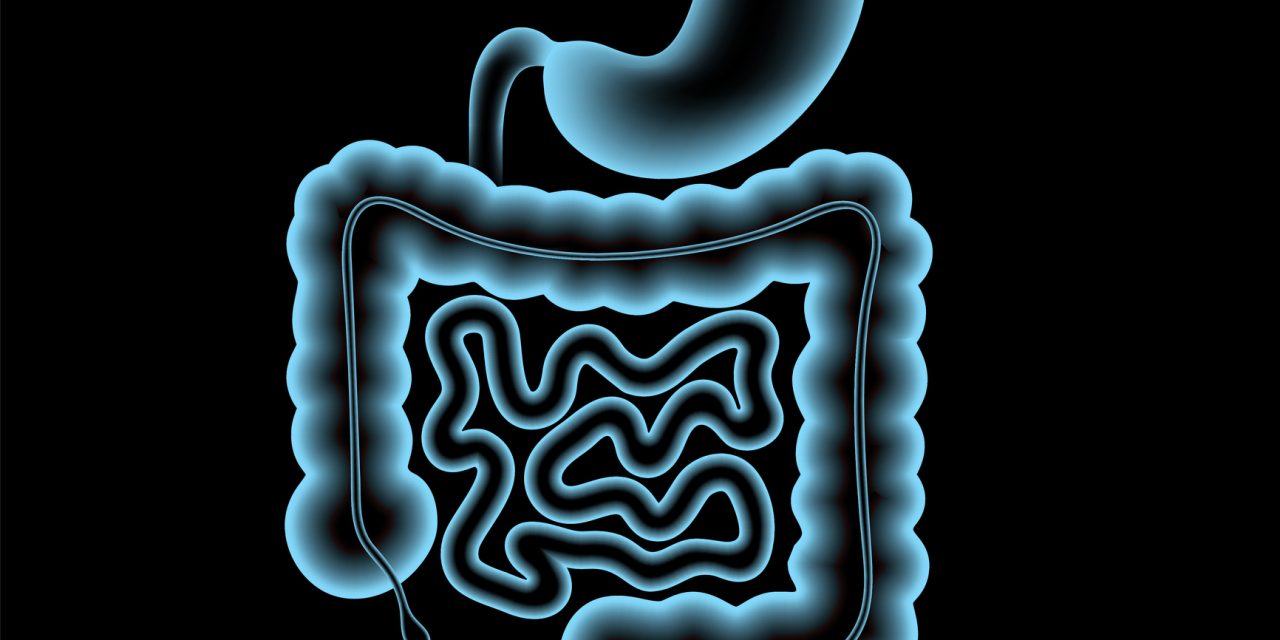Ulcerative colitis (UC) is an autoimmune disease. Although the mortality rate of UC is not very high, it has a considerable morbidity rate and an unsatisfactory cure rate. Without effective treatment, UC is likely to develop into colon cancer. Kuijieling (KJL) is an effective empirical formula to treat UC in the clinical setting, and it has been proven to have curative effects against UC.
In a previous study, we demonstrated that KJL could suppress NOD-like receptor protein 3 (NLRP3) to reduce inflammatory cytokines and alleviate UC. In this study, we investigated the mechanism of KJL in more detail, from the perspective of pyroptosis.
We established a dextran sulfate sodium-induced UC mouse model and RAW264.7 cells to measure different indicators with different experimental methods. The efficiency of KJL was evaluated by measuring the length and unit weight of mouse colons, and assessment of pathological injury was performed using HE staining. We detected different expression levels of NLRP3, apoptosis-associated speck-like protein containing a CARD (ASC), caspase-1, gasdermin-D C-terminal domain (GSDMD-C), gasdermin-D N-terminal domain (GSDMD-N), IL-1β, and IL-18 in colon tissues and cells using RT-qPCR and western blotting. Immunohistochemistry was used for tissues and immunofluorescence for cells to confirm protein expression. IL-1β and IL-18 were measured with enzyme-linked immunosorbent assay in serum, tissue, and cell culture supernatant. MiR-223 was detected using RT-qPCR.
After administration of KJL suspension, colon damage in KJL groups was milder than in model groups. ASC, caspase-1, IL-1β, and IL-18 mRNA levels in colon tissue were decreased to different degrees in the KJL groups. Protein expression of NLRP3, caspase-1, GSDMD-N, IL-1β, and IL-18 in vivo decreased significantly in the KJL groups. In addition, Mir-223 level decreased in colon tissue of the KJL groups. In vitro, NLRP3, ASC, caspase-1, GSDMD-N, IL-1β, and IL-18 levels decreased to varying degrees, at both mRNA and protein levels. Mir-223 was lower in the KJL groups than in the model group. Furthermore, KJL was shown to regulate the level of miR-223, which returned to normal after its expression was inhibited or promoted, and the levels of associated indicators also returned to normal after transfection.
KJL is able to inhibit pyroptosis to alleviate UC, but these suppression effects were not mediated through miR-223 regulation.
Copyright © 2020 Elsevier B.V. All rights reserved.
Kuijieling Decoction Suppresses NLRP3-Mediated Pyroptosis to Alleviate Inflammation and Experimental Colitis In Vivo and In Vitro.


